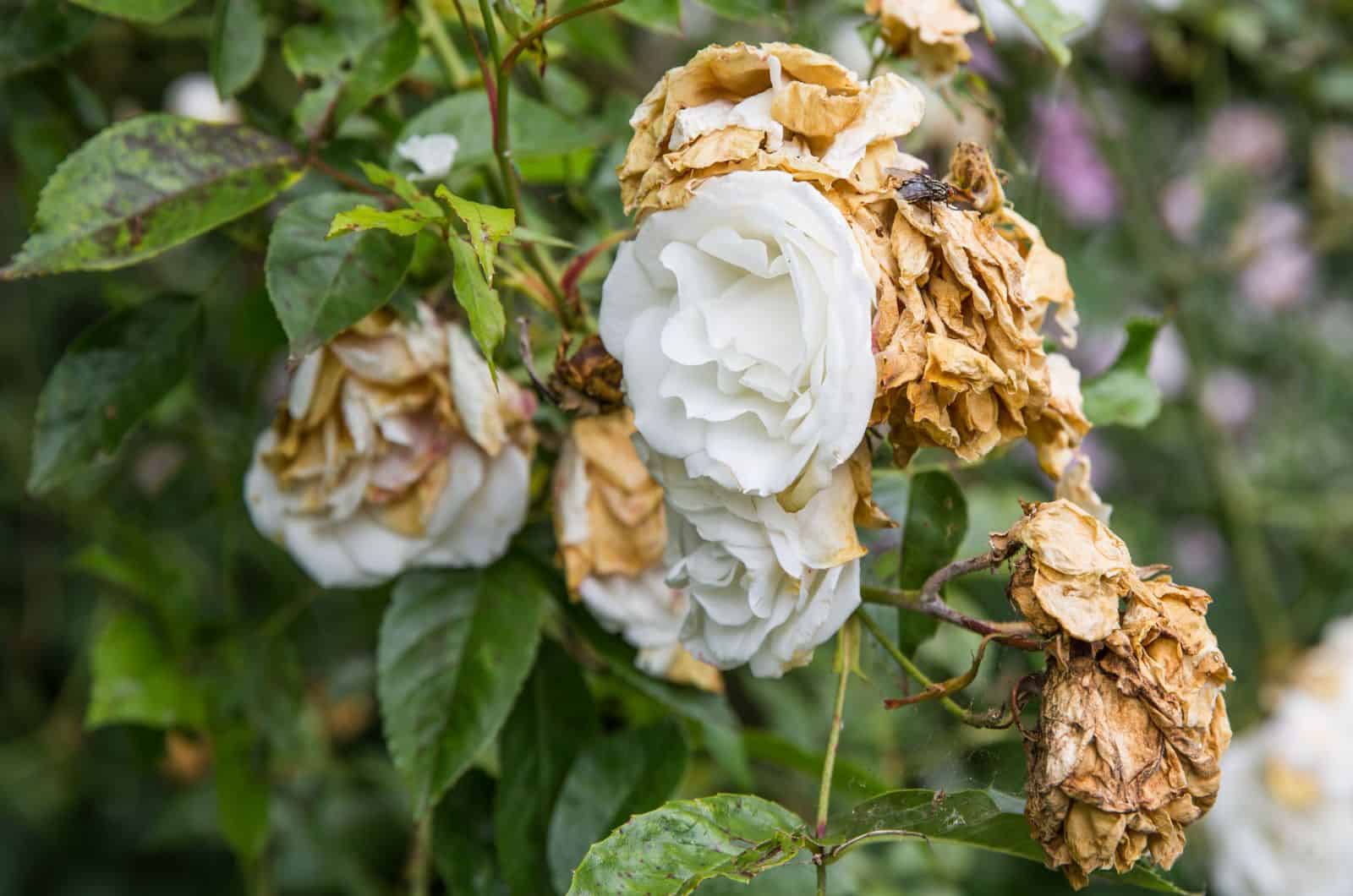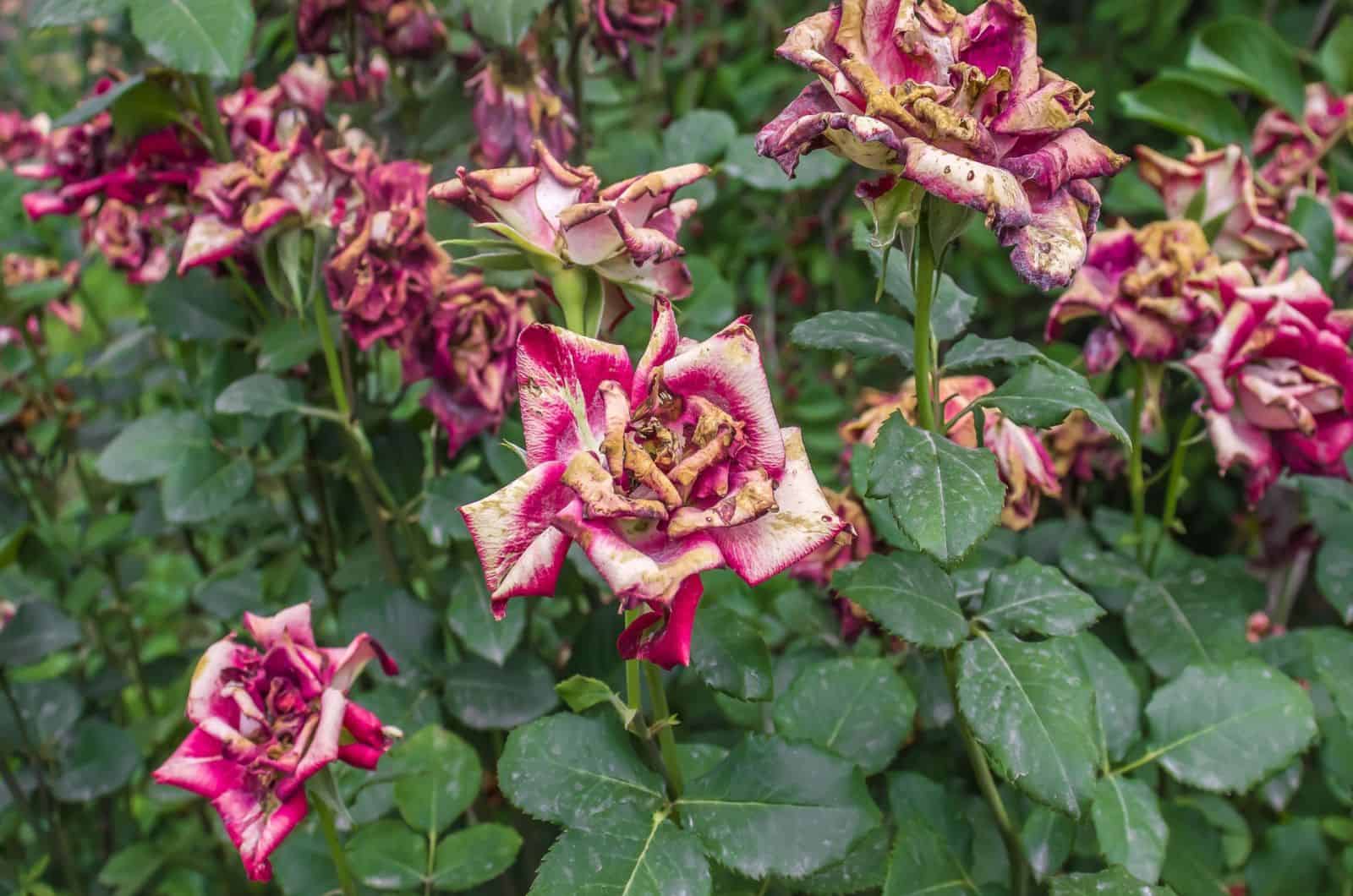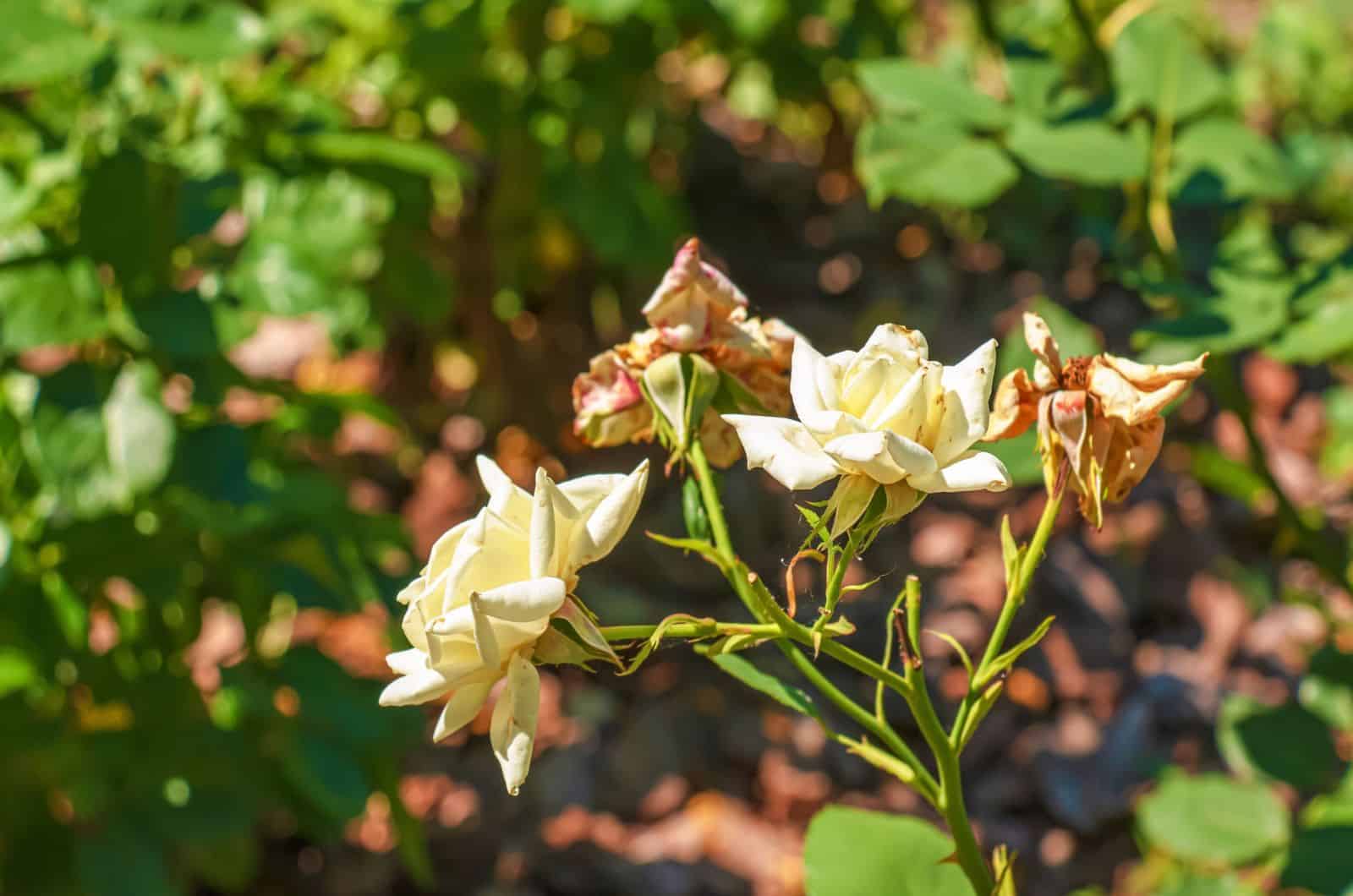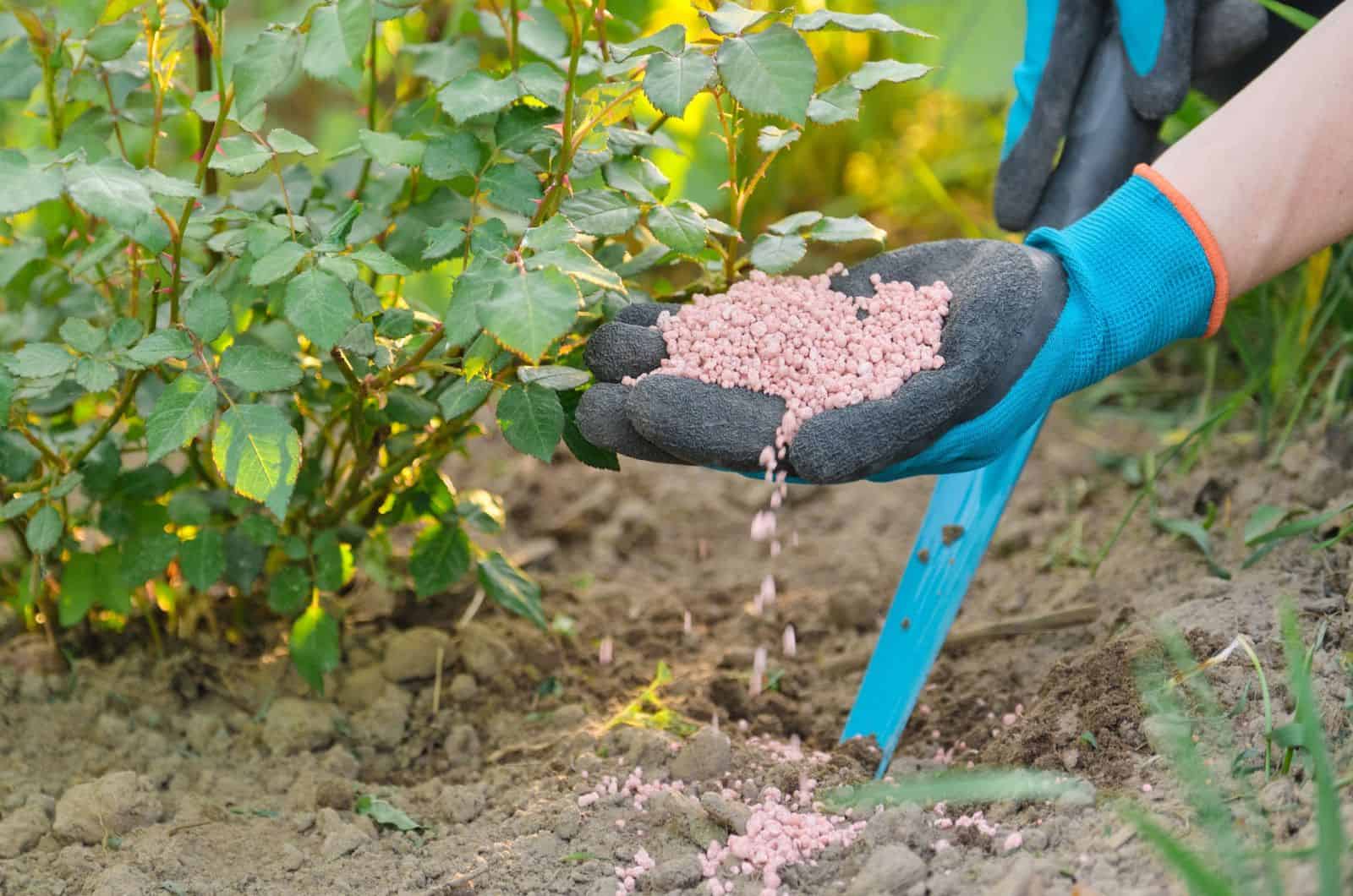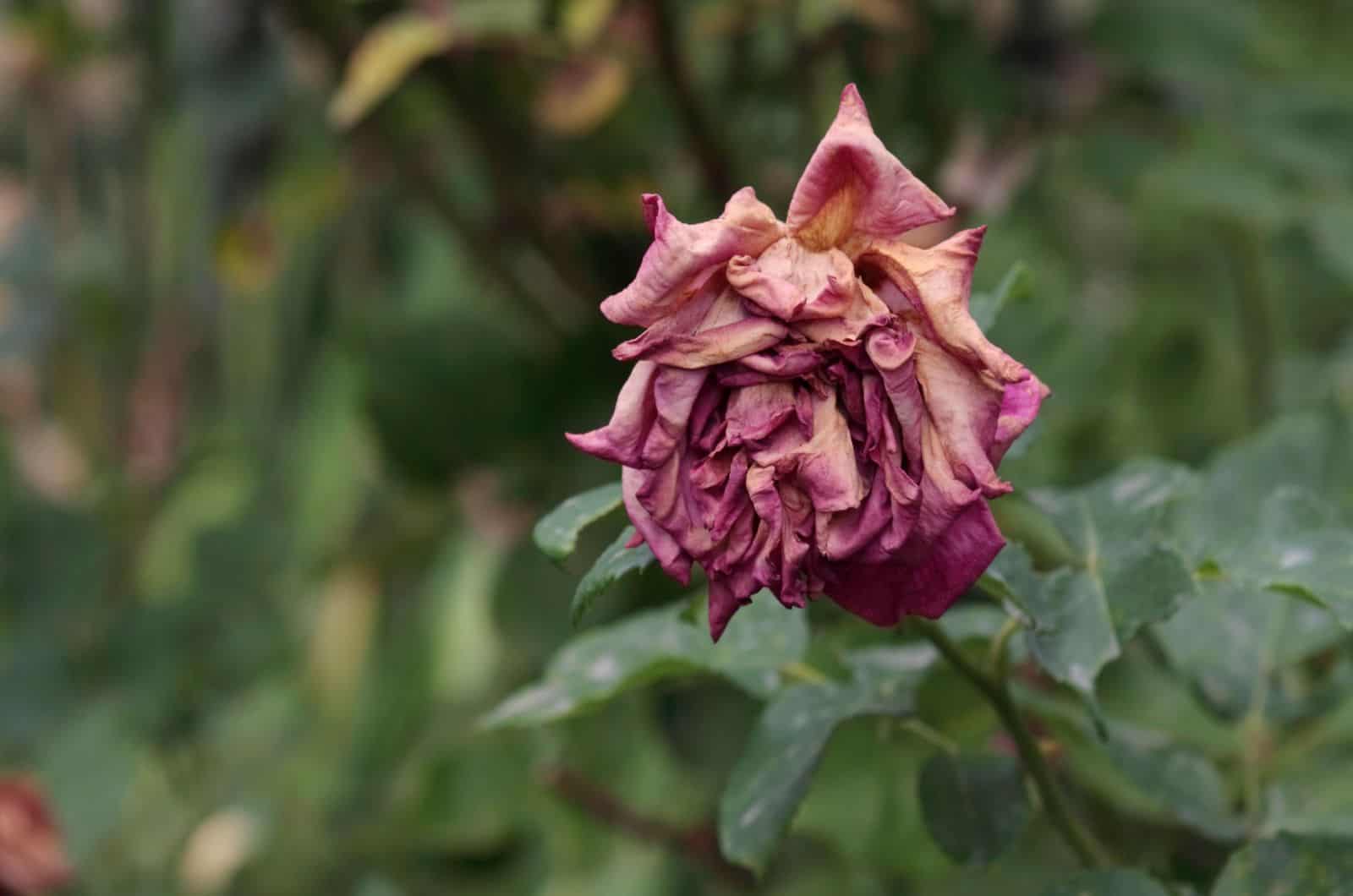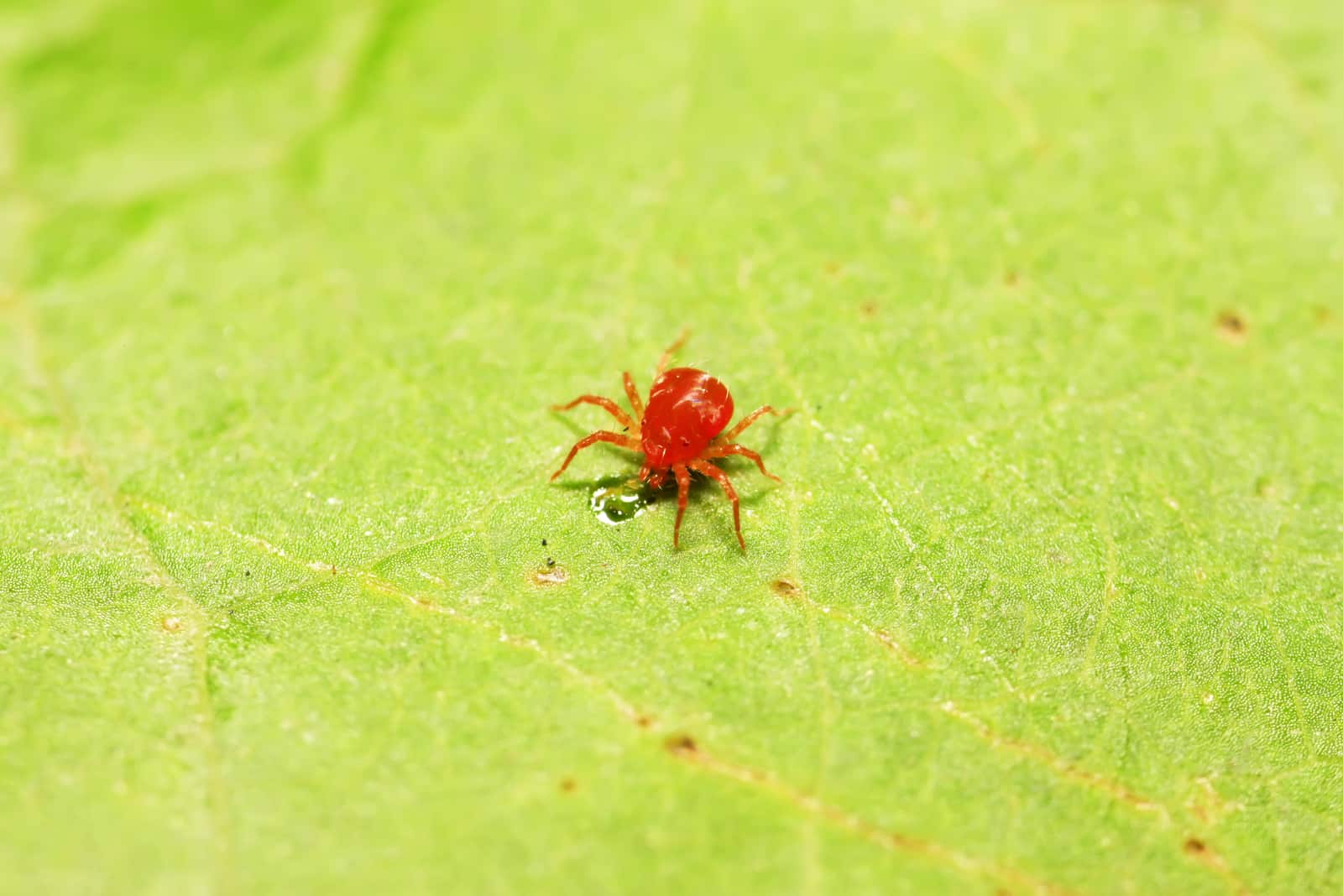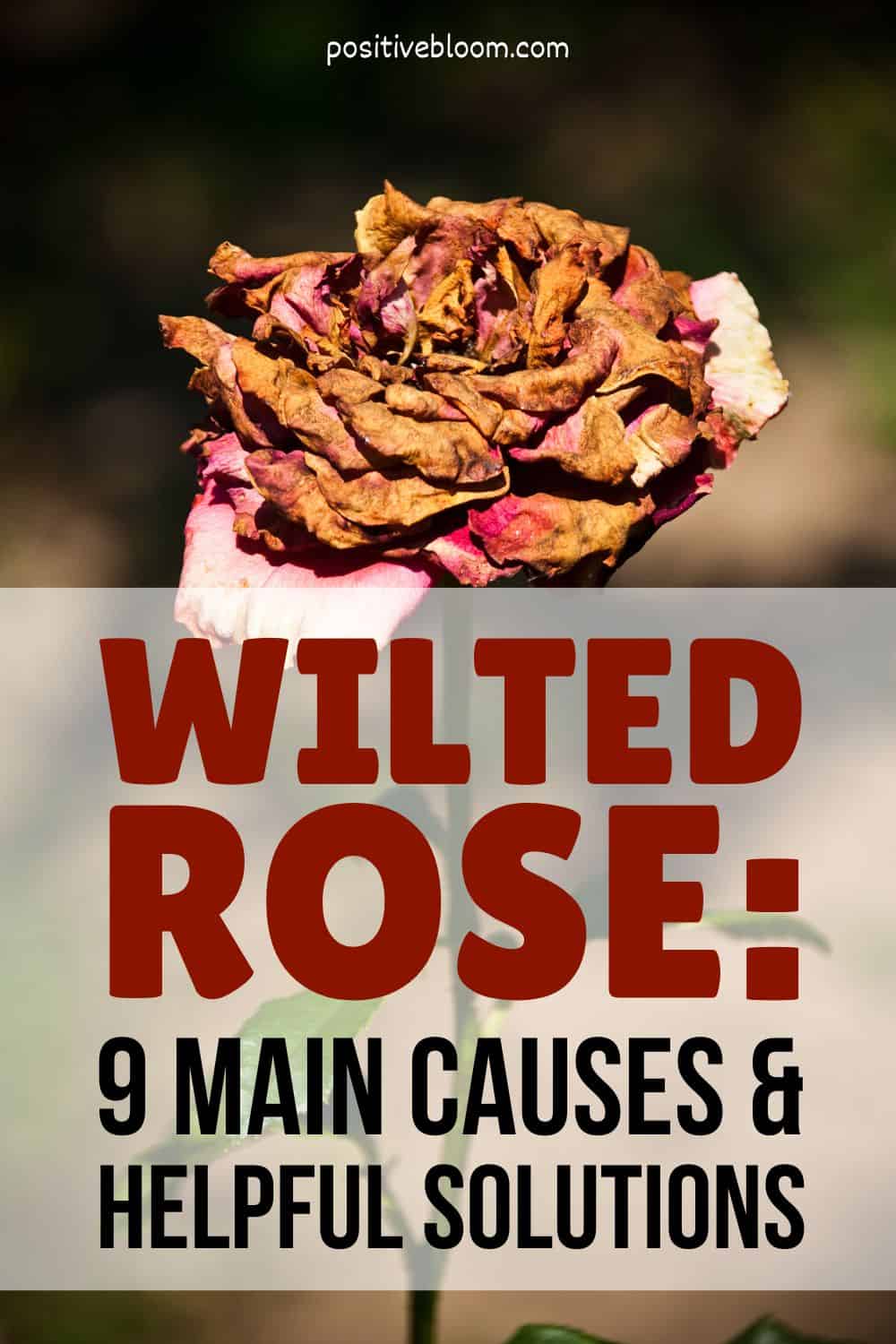A rose bush is an excellent addition to any garden and landscape, but unlike rose vectors, these require a little bit more care to look their best.
A wilted rose is unsightly, and it’s only natural that we want to do everything in our power to help our bush to thrive.
But don’t worry, we’ll bring you the nine most common causes of wilted roses and the solutions to these issues, so you can get your wilted roses back to life in no time.
Of course, it’s always better to avoid these problems in the first place, so ensure that you meet all of your plant’s needs for sun, water, nutrients, and temperature.
Before we examine the causes and solutions to droopy roses, let’s look at the main characteristics of this plant:
Wilted Rose: 9 Causes And The Solutions
Rose stock photos and rose quotes for Instagram don’t usually present or talk about wilted flowers, and for a good reason.
Droopy plants aren’t attractive, but the issue here isn’t just their looks. Withered rose plants are a symptom of more sinister problems that cannot be fixed in one night, such as inadequate amounts of water, fertilizer, and sunlight, unsuitable temperatures and transplant shock, pests, and diseases.
But before treating these symptoms, you should diagnose their root cause, and only then, treat your pink, white, or red roses.
The sections below bring nine common causes of wilting roses, and you’ll learn what causes them, how to prevent withering, how to treat it if it ever comes to it, and some excellent tips for growing roses.
1. Overwatering
The most common reason for a dying pink rose (or any other rose, for that matter) is giving it too much water. But wilting isn’t the only symptom!
You can recognize overwatering by the leaves turning yellow, which isn’t to be trifled with. Yellow foliage cannot photosynthesize properly, and your plant will be left without the food and energy that is required for its healthy development.
Your plant’s root system will start suffocating in water, which may lead to root rot if it’s left untreated, but we’ll learn more about this in the paragraphs below.
However, too much water in the growing medium isn’t the only issue. Roses need a well-draining substrate, and if your garden soil is too heavy, the excess water won’t drain, and you’ll be left with a wilted rose, wondering how it has come to this.
Solution
The most obvious thing that you can do to save your rose is to stop irrigating it at once. Then, you should adjust the amount of water that you give it.
These plants require plenty of water, 2 gallons twice a week is usually enough. However, if you live in a rainy region, you shouldn’t add additional moisture to the soil if there’s already been precipitation.
If you grow your roses in containers, you can repot them just to be on the safe side.
Of course, well-draining soil is a must-have, so you should amend it with compost, manure, peat moss, etc.
It doesn’t take long to make compost, so you can start recycling fruit and vegetable waste, grass clippings, twigs, and old leaves to produce your own material that will prepare your soil for planting your roses.
Another way of dealing with poor drainage is building a raised bed and planting roses in it or choosing a container with holes in the bottom if you prefer growing these plants in large pots.
2. Underwatering
A white rose against a dark background is truly a sight to see, but growing these flowers isn’t always easy. They can easily start drooping, and one of the common causes of this may be underwatering.
Both overwatering and underwatering lead to the same symptom, wilting. So, how do you differentiate between the two?
Well, the easiest thing to do is to check the soil, and if it’s wet, you probably need to reduce the irrigation.
However, you can also check your plant’s leaves since wilting isn’t the only symptom of underwatering. Dry and crispy leaves are a sure sign that your plant isn’t getting enough water, whereas overwatered roses usually have soft foliage.
Solution
The solution to underwatered roses is the simplest one; you just have to water them more. We’ve already mentioned that these plants require a fair amount of moisture, but you should adjust the irrigation to your own soil and weather conditions.
For instance, if you live in a rainy region and have planted your rose bush in heavier soil, you don’t have to water it very frequently (probably not at all if the precipitation is frequent).
On the other hand, roses that grow in sandy soil, and windy and arid climates, require much more water.
Therefore, always check the soil, and if the top couple of inches are dry, you should water your rose.
3. Too Much Sunlight
Roses are known for their sunbathing habits, but not even these plants can survive scorching weather. They need full sun conditions, but if the temperatures are really high, they could need a little bit of a change.
A wilted rose is definitely not good material for emojis or a Valentine’s Day present, so you should do everything that you can to give it the best growing conditions.
Of course, the harsh sun will burn your plant’s foliage as well, and unfortunately, you’ll have to prune everything, dead flowers and all, to make room for new growth.
However, removing dried rose flowers isn’t the solution to this issue, but you can read more about this in the following section.
Solution
If you don’t want to use your shears to remove burnt and wilted rose flowers and leaves, you should choose the best possible location for this plant.
It needs plenty of sunlight, but if your area experiences heat waves that may harm your plant, you should select a spot that gets enough light in the morning and some shade in the afternoon.
If this is not possible, you can always put a shade cloth over it to protect it from the midday sun.
4. Poor Light Exposure
Not enough sunlight can also be a reason for wilting plants, although this is usually accompanied by some other symptoms as well.
Plants that get poor light exposure will most likely become leggy as they will spread their stems towards the light. However, the plant will be weak because it won’t be getting enough sunlight and will not be able to photosynthesize properly.
A rose plant that can not produce its own energy and food won’t have enough strength to support its elongated branches and will droop, wilt, and bend under the weight of its weight.
Solution
The most obvious solution is to plant your rose bush in a well-lit location in order to avoid dead rose flowers and wilting stems.
If you can’t find such a spot in your garden, unfortunately, you’ll have to say goodbye to your plant and find a variety that can handle some shade.
It’s much easier to meet this requirement for potted roses since you can move them around and provide them with the best growing conditions easily.
5. Overfertilizing
Too much fertilizer can lead to many issues, such as wilting, leaf burns, and even killing the beneficial organisms and bacteria that help your plant to thrive.
Too much nitrogen can also leave your plants without many blooms, and no one brags about their roses’ foliage.
Therefore, ensure that you don’t use very concentrated fertilizers and that you only apply them when your plant really needs them.
If you notice wilting plants and leaf discoloration and deformation, you should immediately investigate what is causing it, and if it turns out that it’s the fertilizers, stop applying them for a bit.
You should only fertilize roses during their growing season and use a high-phosphorus fertilizer to promote blooming.
You should add slow-release fertilizer at the beginning and the end of the feeding season and add some other fast-absorbing ones in between.
Manure tea, banana peels, and coffee grounds are good for roses, so you can use these to make your plant’s roots develop.
Solution
The only thing that you can do for overfertilized roses is flush the soil with water. You can do this for both in-ground and potted plants, although the techniques differ a bit.
For in-ground water, slowly pour as much water over the base of the plant as the medium will hold, and ensure that it sinks into the soil and does not drain and contaminate the entire area. Keep repeating this process for a couple of days, and keep your fingers crossed.
Rinsing the soil for container roses is slightly different, as you’ll have more control over the wastewater. Slowly pour water over into the growing substrate and allow it to drain before returning the plant to its usual spot.
You should use plenty of water, at least four times the pot’s volume, to flush the soil and save the wilted rose.
6. Nutrient Deficiency
It might feel like we’re messing with you, but many things can lead to wilting, even things that are complete opposites.
Therefore, it isn’t surprising that nutrient deficiency can also lead to wilting, just like overfertilization.
Roses are heavy feeders, and they require regular fertilization when they are actively growing. Therefore, start feeding these plants in the early spring and finish sometime in late summer or early fall, approximately 6–8 weeks before the first frost.
In the meantime, feed your plant every 3–4 weeks, and you’ll have no problem whatsoever.
However, sometimes your plant might only need a certain nutrient, not all of them, and in that case, you should first determine which mineral your rose needs.
For instance, the yellowing of leaves is usually caused by a lack of nitrogen, potassium, magnesium, etc. Therefore, you should test your soil before applying more fertilizer, just to be certain which nutrient is lacking.
There are some simple soil test kits on Amazon that you can order, or you can send a sample to a lab if you’ve found one online.
But these are only preventive methods, and we’ll discuss some solutions in the paragraphs below.
Solution
The only solution to a lack of nutrients in the soil is fertilizing your plant with a fertilizer that meets its requirements.
However, you can always amend the soil with humus or compost before planting, which will increase the amount of organic matter and minerals in the substrate.
You can also use coffee grounds in your compost, as they attract earthworms whose castings make the soil more fertile.
7. Temperature Swings
Red roses against a white background can really bring out the best of any garden, but if the rose petals, leaves, and stems are wilted, there’s not much to be boastful about.
One thing that can cause droopy roses are sudden temperature swings and drafts. Roses prefer temperatures of around 80 °F, but if they’re higher than that, you can always water them more and mulch them to avoid drooping.
Problems arise when temperatures suddenly change, which stresses your plant. Therefore, ensure that you plant it in a sheltered location, or at least somewhere where the wind won’t get to it so easily.
Solution
The only thing that you can do about temperature swings is either mulch your plant to make the soil retain more moisture (and warmth) or irrigate it more frequently to help it cope with high temperatures.
You should also protect it from the wind since that can cause it to dry out.
It’s much easier to care for potted roses, as you can simply move the container to a more sheltered spot and keep your plant safe.
8. Transplant Shock
When we think of a Valentine’s Day card, we often imagine a pink background with a huge copy space and probably a rose or two decorating the rest of the free space.
However, that rose is never wilted because it wouldn’t be attractive then. If you want to give your plant the best care and make sure that it remains straight, you should be mindful when planting and transplanting it.
The key things that you should be aware of are moisture, temperature, and air circulation since newly planted or replanted roses cannot absorb water as well.
The transpiration rate continues, but there simply isn’t enough moisture within the plant to replace the loss.
Solution
The best solution to this issue is its prevention, so we’ll talk about some techniques and give you some tips to transplant your plants successfully and minimize the shock.
It is crucial to move your plant outside on a cloudy day when the temperatures are a bit lower, and the soil can remain moist for a longer period.
Also, make sure to prepare the substrate properly before planting. Add some compost or humus as they enrich the soil with nutrients and organic content and make it more draining. These materials also retain moisture and release it when the plant needs it, and this will ensure that your plant doesn’t dry out during this critical period.
Finally, wind can dry out the air, so try and transplant roses on a calm day when the humidity levels are average.
Another thing that can ensure successful transplantation is watering your roses every day for about a week before replanting them. They will be filled with water, and the slow uptake won’t affect them as much.
9. Pests And Diseases
Roses are an excellent model for still life art, especially if you paint on a black background so that all of their attributes can shine through the dark.
However, wilted roses are not favored models, nor a preferred sight in the garden. Some of the common causes of wilting are pests and fungal diseases, which may hurt your plants tremendously and even kill them if left untreated.
Therefore, you should inspect the leaves for signs of nibbling, bugs, lesions and discolored leaves, etc.
Of course, wilting is another sign that your plant may be suffering from an infestation or infection, and if you can’t see the insects or the leaves in detail you can always take a close-up photo that you can later zoom in on and examine more thoroughly.
Some of the most common pests that attack roses are aphids, and the diseases that usually affect this plant are root rot, verticillium wilt disease, and stem canker.
Root rot is caused by excess moisture in the soil, whereas the stem canker of a rose usually appears during hot and humid weather conditions.
Therefore, if you want to use your flower books about care guides and floral designs, you should treat your afflicted plants and nurture them back to health first.
Solution
Getting rid of aphids is fairly easy. You can get some ladybugs (or another natural predator) at your local supply shop for gardens and release them onto the pests.
However, if you can’t find beneficial insects anywhere, you can always turn to pesticides or horticultural oils, such as neem oil.
Treating diseases is more complex than this. For instance, if your plant is suffering from root rot, you should dig it out, remove all the diseased, soft, and dark roots, and then replant the rose (if there are roots left).
Stem cankers and verticillium wilt disease can also be resolved by pruning the infected parts of your plant. However, you should sterilize the shears afterward, as you don’t want to transfer bacteria and fungi onto your other plants.
Finally, ensure you take care of your roses well because weak plants are more susceptible to infections and infestations.
You Asked Us
We’ve talked about many things concerning roses, and now you know what causes their wilting, but there are still some questions that require an answer.
We’ll talk about reviving cut roses, the symbolism of wilted roses, and more, so bear with us for just a moment longer.
How do I revive wilted cut roses?
The key thing is to submerge the roses in a water bath for at least 20 minutes, although you should also cut their ends at a 45 ° angle.
You should also clean their vase with vinegar and soda, or bleach, in order to remove all of the bacteria that speed up rotting.
Placing the vase in an area that doesn’t get too much light also helps since cut flowers don’t need sunlight to photosynthesize.
Roses are flowers that can go long without water, but even they start wilting after a few hours without water, so try to put them in a bucket of warm water as soon as you cut them.
Lastly, add some sugar or preservatives to make them last longer, and change the water every two days to keep them as fresh as possible.
What do wilted roses symbolize?
Wilting roses represent death and fragility, a quick departure from life to death.
However, fresh roses aren’t so gloomy, and they are associated with love, beauty, youth, and pleasure.
Should I cut wilted roses off my plant?
You don’t have to necessarily remove wilting flowers since they can spring back up in a couple of days if you meet their requirements.
However, if the rose petals are pale and the flowers are dry and crispy, you should prune them so that your plant doesn’t lose precious energy and food that it could otherwise divert to new growth.
Final Word
This article discussed the most common reasons for a wilted rose and the solutions to this issue.
However, the best solution is always to avoid the problem in the first place, and you can do that by meeting all of your plant’s needs.
Therefore, ensure that it gets full sun (unless the temperatures are extremely hot), enough water, well-draining soil, and a proper amount of fertilizer during its growing season.
We also decided to briefly answer some of your most frequently asked questions so that you can get a full picture of how to take care of and save your roses.
Good luck, and until next time!
Like this post? Share or pin it for later!

